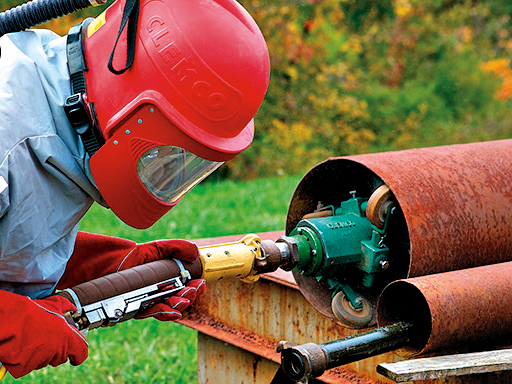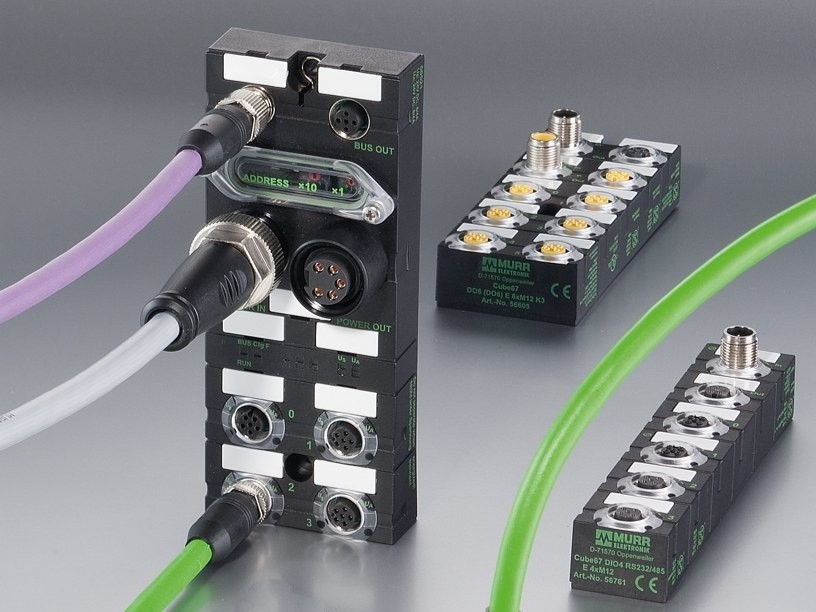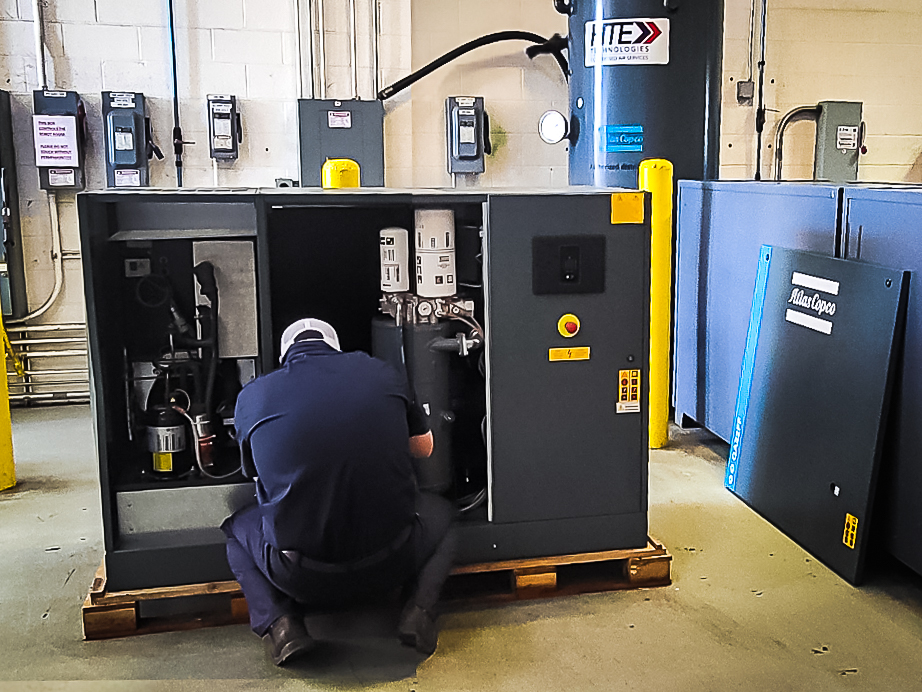Autonomous Mobile Robots (AMRs) are a type of mobile robot or robot that can operate independently within an environment such as a warehouse or manufacturing facility without predefined paths. Rather, the technology uses sensors, cameras and artificial intelligence (AI) to navigate and complete tasks within a facility. The flexibility and application of intelligent software make AMRs an excellent intralogistics and material handling solution for increasing the efficiency of modern warehouse and manufacturing operations.
This blog will discuss the technology behind AMRs, as well as the advantages of Autonomous Mobile Robots for material transport and parts delivery.
What is Material Handling and What is Intralogistics?
Before discussing how AMRs can increase the efficiency of material handling in warehouse and manufacturing operations, it’s best to start with the basics: What is material handling and what is intralogistics?
Broadly speaking, material handling is the movement, storage and control of materials, parts or products to provide availability of materials when and where they are needed. In warehouses, material handling refers to the receipt, storage and retrieval of inventory in preparation for shipment. In the manufacturing industry, material handling involves the movement of raw materials or parts to the production line or the movement of finished goods to packaging areas or storage.
A newish movement in the material handling industry is the application of intralogistics, which is defined as information-based management of internal material handling within a facility. Applying actionable information and data to the movement of materials allows increased efficiency and optimization of the material handling process.
What are Autonomous Mobile Robots and How Do They Work?
An AMR is a self-navigating mobile robot or robot with the ability to move around a warehouse or manufacturing floor without being confined to a fixed route. Thanks to the application of advanced technologies, Autonomous Mobile Robots can determine their own courses, avoid obstacles and change direction or route in real time.
Essential technologies of Autonomous Mobile Robots include:
| Sensors and cameras | LiDAR systems are used to map out the AMR’s surroundings, while advanced sensor and camera technologies help these mobile robots avoid obstacles in a facility. Together, these technologies allow the AMR to create a detailed, real-time map of the operating area. |
| Data analytics and software | After the AMR collects information about its environment, the information is sent to software that processes the data from the sensors and, based on that data, applies algorithms to plan routes, navigate and make decisions about how to most effectively perform the task. The software then guides the mobile robot through execution of the job. Because the software is typically AI based, it can learn and adapt accordingly, increasing the efficiency of the operation over time. |
| Advanced actuators | Actuators allow the robot to move, turn, stop, slow down or speed up based on the software’s guidance, effectively moving the Autonomous Mobile Robot through its task. |
Using AMRs for Autonomous Material Handling
Due to their ability to navigate a facility without wires or predetermined pathways and the integrated intelligence, AMRs can be adapted to a variety of settings, making them an effective and efficient material handling solution and boosting the intralogistics efforts of a facility.
In warehouse settings, Autonomous Mobile Robots can be used to retrieve and transport objects, boxes or products between areas, restock shelves and pick products for order fulfilment and packaging. In these applications they offer greater speeds and higher levels of accuracy than manual laborers and can significantly streamline these processes, while minimizing picking errors.
In manufacturing facilities, these mobile robots and robots can reduce the amount of time that manual laborers spend moving raw materials and parts around a large shop floor. The addition of intelligent, information-based guidance ensures that the correct materials are collected and transported to the appropriate production line precisely when they are needed, eliminating bottlenecks, ensuring accuracy and making the process of getting raw materials from point A to point B more efficient and precise than ever before.
No matter the application, these autonomous material handling solutions are able to work around the clock without breaks or shift changes, allowing warehouse or manufacturing material handling cycles to continue without interruption, increasing throughput and productivity. And, the addition of data and analytics fortifies intralogistics efforts by providing real-time data and insight into the material handling operation, ensuring the most up-to-date requirements are met.
The Advantages of Autonomous Mobile Robots
With their ability to navigate their environment and make intelligent decisions to complete tasks in the most efficient manner, AMRs make excellent autonomous material handling solutions for today’s warehouses and manufacturing facilities.
Below you’ll find the top 5 advantages of Autonomous Mobile Robots:
- Increased productivity: Due to their high speeds, ability to navigate quickly around a facility without guidance and continuous operation, Autonomous Mobile Robots can greatly increase the productivity of a facility, allowing highly efficient transport of raw materials in manufacturing settings and higher levels of throughput in a warehouse 24/7, making “lights out” manufacturing and warehousing a possibility.
- High levels of accuracy: With sensors and intelligent software behind them, these mobile robots are programmed with precision in mind, so Autonomous Mobile Robots are less likely to make errors when performing material handling tasks than human workers. The ability to pick, pack and move items throughout a facility without error will maximize the accuracy of order fulfilment in warehouses and plant floor logistics.
- Improved safety: With fewer manual workers, forklifts and other material handling equipment moving around the facility, it is likely that there will be fewer accidents in the warehouse or manufacturing plant. Additionally, because they are equipped with sensors and advanced navigational systems, AMRs can detect obstacles, other workers and hazardous areas and respond accordingly, preventing collisions and dangerous situations.
- Flexibility: Autonomous Mobile Robots do not require fixed routes or wired infrastructure, so they can adapt to changes in facility layout and make course adjustments as needed, providing a flexible material handling solution for any environment.
- Scalability: Because AMRs are autonomous material handling solutions, adding additional mobile robots or robots does not require an overhaul of the system, making it less complex and less costly to add more AMRs to the workforce as the enterprise expands or experiences a shortage of workers.
Their ability to move around a manufacturing or warehouse facility without fixed routes combined with the intelligence to adapt to changing surroundings or tasks in real time, makes Autonomous Mobile Robots an excellent material handling solution. Talk with the experts at HTE today to see how AMRs can bring increased efficiency and productivity and high levels of accuracy to your material handling operations and intralogistics efforts.


